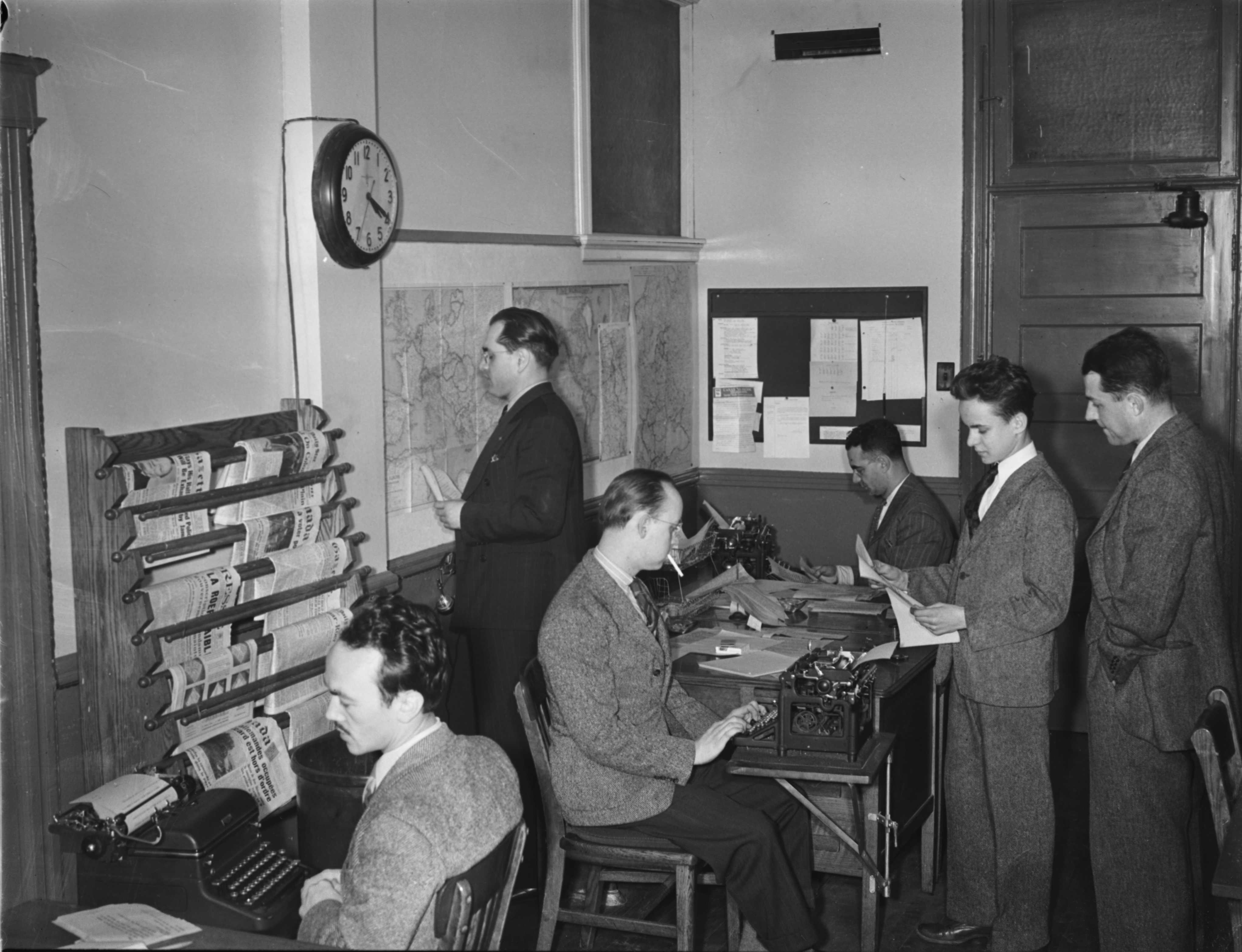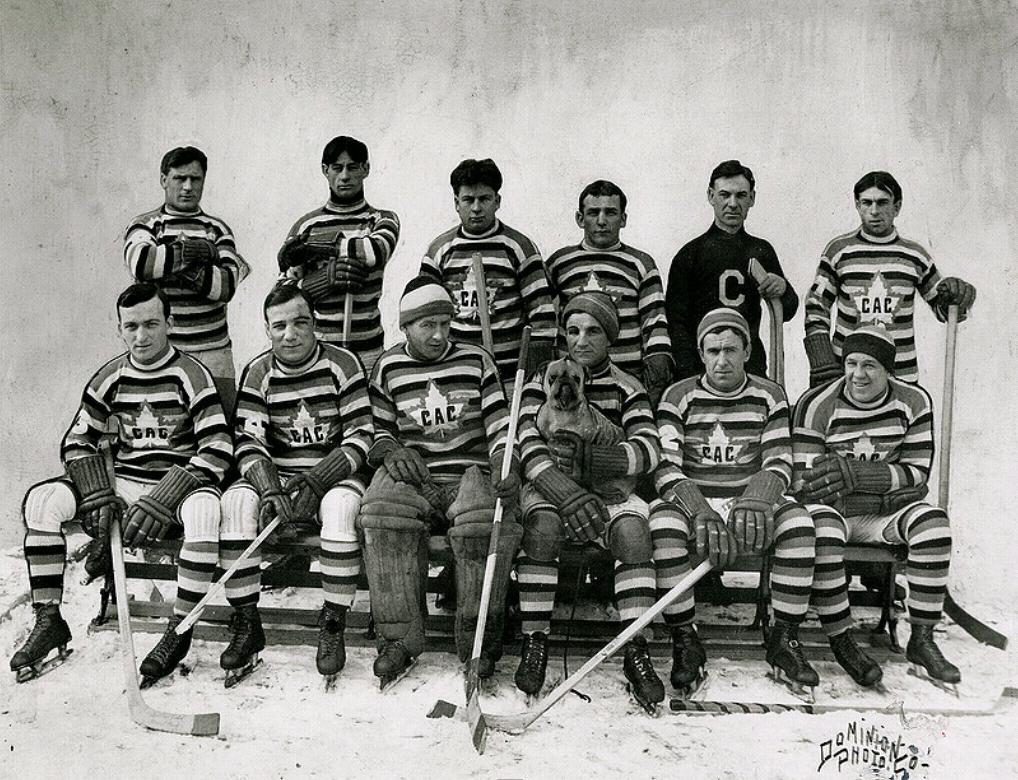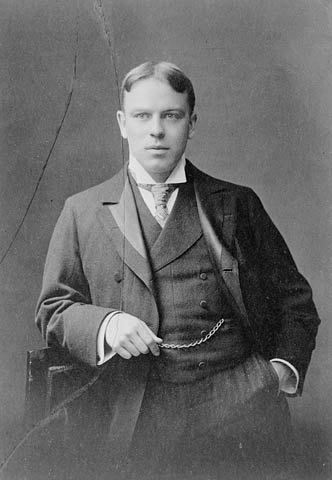|
Henrietta Muir Edwards
Henrietta Muir Edwards (18 December 184910 November 1931) was a Canadian women's rights activist and reformer. She was the eldest of "The Famous Five", along with Emily Murphy, Nellie McClung, Louise McKinney and Irene Parlby, who fought to have women recognized as "persons" under the law, and for the woman's right to vote in elections. She was born Henrietta Louise Muir in Montreal as well as lived in Montreal. She grew up in an upper-middle-class family that valued culture and religion. Edwards became active in many religious organisations, where she grew disenchanted with old traditions where the exclusion of women was acceptable. Biography Edwards was born on 18 December 1849. As a young woman, Edwards and her sister Amélia founded a Working Girls’ Association in Montreal in 1875 to provide meals, reading rooms and study classes. This would become one of Canada's first YWCAs. They also published a periodical, The Working Women of Canada, which helped to bring working con ... [...More Info...] [...Related Items...] OR: [Wikipedia] [Google] [Baidu] |
Montreal
Montreal ( ; officially Montréal, ) is the List of the largest municipalities in Canada by population, second-most populous city in Canada and List of towns in Quebec, most populous city in the Provinces and territories of Canada, Canadian province of Quebec. Founded in 1642 as ''Fort Ville-Marie, Ville-Marie'', or "City of Mary", it is named after Mount Royal, the triple-peaked hill around which the early city of Ville-Marie is built. The city is centred on the Island of Montreal, which obtained its name from the same origin as the city, and a few much smaller peripheral islands, the largest of which is Île Bizard. The city is east of the national capital Ottawa, and southwest of the provincial capital, Quebec City. As of 2021, the city had a population of 1,762,949, and a Census Metropolitan Area#Census metropolitan areas, metropolitan population of 4,291,732, making it the List of the largest municipalities in Canada by population, second-largest city, and List of cen ... [...More Info...] [...Related Items...] OR: [Wikipedia] [Google] [Baidu] |
National Council Of Women Of Canada
The National Council of Women of Canada (NCWC, french: Conseil national des femmes du Canada, (''CNFC'')) is a Canadian advocacy organization based in Ottawa, Ontario, aimed at improving conditions for women, families, and communities. A federation of nationally-organized societies of men and women and local and provincial councils of women, it is the Canadian member of the International Council of Women (ICW). The Council has concerned itself in areas including women's suffrage, immigration, health care, education, mass media, the environment, and many others. Formed on October 27, 1893 in Toronto, Ontario, it is one of the oldest advocacy organizations in the country. Lady Aberdeen was elected the first president of the National Council of Women of Canada in 1893. Prominent Council leaders included Lady Gzowski, Dr. Augusta Stowe-Gullen, and Adelaide Hoodless. Founding The International Council of Women was founded in 1888 in Washington D.C., United States. By May 1893, the IWC ... [...More Info...] [...Related Items...] OR: [Wikipedia] [Google] [Baidu] |
1849 Births
Events January–March * January 1 – France begins issue of the Ceres series, the nation's first postage stamps. * January 5 – Hungarian Revolution of 1848: The Austrian army, led by Alfred I, Prince of Windisch-Grätz, enters in the Hungarian capitals, Buda and Pest. The Hungarian government and parliament flee to Debrecen. * January 8 – Hungarian Revolution of 1848: Romanian armed groups massacre 600 unarmed Hungarian civilians, at Nagyenyed.Hungarian HistoryJanuary 8, 1849 And the Genocide of the Hungarians of Nagyenyed/ref> * January 13 ** Second Anglo-Sikh War – Battle of Tooele: British forces retreat from the Sikhs. ** The Colony of Vancouver Island is established. * January 21 ** General elections are held in the Papal States. ** Hungarian Revolution of 1848: Battle of Nagyszeben – The Hungarian army in Transylvania, led by Josef Bem, is defeated by the Austrians, led by Anton Puchner. * January 23 – Elizabeth Blackwell is awarded her M.D. by the Medi ... [...More Info...] [...Related Items...] OR: [Wikipedia] [Google] [Baidu] |
The Globe And Mail
''The Globe and Mail'' is a Canadian newspaper printed in five cities in western and central Canada. With a weekly readership of approximately 2 million in 2015, it is Canada's most widely read newspaper on weekdays and Saturdays, although it falls slightly behind the ''Toronto Star'' in overall weekly circulation because the ''Star'' publishes a Sunday edition, whereas the ''Globe'' does not. ''The Globe and Mail'' is regarded by some as Canada's " newspaper of record". ''The Globe and Mail''s predecessors, '' The Globe'' and ''The Mail and Empire'' were both established in the 19th century. The former was established in 1844, while the latter was established in 1895 through a merger of ''The Toronto Mail'' and the ''Toronto Empire''. In 1936, ''The Globe'' and ''The Mail and Empire'' merged to form ''The Globe and Mail''. The newspaper was acquired by FP Publications in 1965, who later sold the paper to the Thomson Corporation in 1980. In 2001, the paper merged with broadcast ... [...More Info...] [...Related Items...] OR: [Wikipedia] [Google] [Baidu] |
Canadian Broadcasting Corporation
The Canadian Broadcasting Corporation (french: Société Radio-Canada), branded as CBC/Radio-Canada, is a Canadian public broadcaster for both radio and television. It is a federal Crown corporation that receives funding from the government. The English- and French-language service units of the corporation are commonly known as CBC and Radio-Canada, respectively. Although some local stations in Canada predate the CBC's founding, CBC is the oldest existing broadcasting network in Canada. The CBC was established on November 2, 1936. The CBC operates four terrestrial radio networks: The English-language CBC Radio One and CBC Music, and the French-language Ici Radio-Canada Première and Ici Musique. (International radio service Radio Canada International historically transmitted via shortwave radio, but since 2012 its content is only available as podcasts on its website.) The CBC also operates two terrestrial television networks, the English-language CBC Television and the Frenc ... [...More Info...] [...Related Items...] OR: [Wikipedia] [Google] [Baidu] |
CBC News
CBC News is a division of the Canadian Broadcasting Corporation responsible for the news gathering and production of news programs on the corporation's English-language operations, namely CBC Television, CBC Radio, CBC News Network, and CBC.ca. Founded in 1941, CBC News is the largest news broadcaster in Canada and has local, regional, and national broadcasts and stations. It frequently collaborates with its organizationally separate French-language counterpart, Radio-Canada Info. History The first CBC newscast was a bilingual radio report on November 2, 1936. The CBC News Service was inaugurated during World War II on January 1, 1941, when Dan McArthur, chief news editor, had Wells Ritchie prepare for the announcer Charles Jennings a national report at 8:00 pm. Readers who followed Jennings were Lorne Greene, Frank Herbert and Earl Cameron. ''CBC News Roundup'' (French counterpart: ''La revue de l'actualité'') started on August 16, 1943, at 7:45 pm, being replaced by ''T ... [...More Info...] [...Related Items...] OR: [Wikipedia] [Google] [Baidu] |
Events Of National Historic Significance (Canada)
Events of National Historic Significance (also called National Historic Events) (french: Les événements d'importance historique nationale) are events that have been designated by Canada's Minister of Environment and Climate Change, on the advice of the national Historic Sites and Monuments Board, as being defining actions, episodes, movements or experiences in Canadian history. To be designated, an event must have occurred at least 40 years previous; events that continue into the more recent past are evaluated on the basis of what occurred at least 40 years ago. As of November 2022, there were 496 National Historic Events. There are related federal designations for National Historic Sites and National Historic Persons. Events, Sites, and Persons are each typically marked by a federal plaque, but the markers do not indicate which designation a subject has been given. The Welland Canal is an Event, while the Rideau Canal is a Site. The cairn and plaque to John Macdonell does ... [...More Info...] [...Related Items...] OR: [Wikipedia] [Google] [Baidu] |
Persons Of National Historic Significance
Persons of National Historic Significance (National Historic People) are people designated by the Canadian government as being nationally significant in the history of the country. Designations are made by the Minister of the Environment on the recommendation of the Historic Sites and Monuments Board of Canada. Approximately 70 nominations are submitted to the board each year. A person is eligible to be listed 25 years after death, but Prime Ministers may be designated any time after death. Parks Canada administers the program, and installs and maintains the federal plaques commonly erected to commemorate each person, usually placed at a site closely associated with them. The intent is generally to honour the person's contribution to the country but is always to educate the public about that person. Canada has related programs for the designation of National Historic Sites and National Historic Events. Events, Sites, and Persons are each typically marked by a federal plaque, but ... [...More Info...] [...Related Items...] OR: [Wikipedia] [Google] [Baidu] |
Edwards V Canada (AG)
''Edwards v Canada (AG)''also known as the ''Persons Case'' (french: l'Affaire « personne »)is a famous Canadian constitutional case that decided in 1929 that women were eligible to sit in the Senate of Canada. The legal case was put forward by the Government of Canada on the lobbying of a group of women known as the Famous Five: Henrietta Edwards, Nellie McClung, Louise McKinney, Emily Murphy and Irene Parlby. The case began as a reference case by the federal Cabinet directly to the Supreme Court of Canada, which ruled that women were not "qualified persons" and thus ineligible to sit in the Senate. The five women then appealed to the Judicial Committee of the Imperial Privy Council in London, at that time the court of last resort for Canada within the British Empire and Commonwealth. The Judicial Committee overturned the Supreme Court's decision. (The case name lists Edwards as the lead appellant, as her name came first alphabtically.) The ''Persons Case'' was a landmar ... [...More Info...] [...Related Items...] OR: [Wikipedia] [Google] [Baidu] |
University Of Alberta
The University of Alberta, also known as U of A or UAlberta, is a public research university located in Edmonton, Alberta, Canada. It was founded in 1908 by Alexander Cameron Rutherford,"A Gentleman of Strathcona – Alexander Cameron Rutherford", Douglas R. Babcock, 1989, The University of Calgary Press, 2500 University Drive NW, Calgary, Alberta, Canada, the first premier of Alberta, and Henry Marshall Tory,"Henry Marshall Tory, A Biography", originally published 1954, current edition January 1992, E.A. Corbett, Toronto: Ryerson Press, the university's first president. It was enabled through the Post-secondary Learning Act''.'' The university is considered a "comprehensive academic and research university" (CARU), which means that it offers a range of academic and professional programs that generally lead to undergraduate and graduate level credentials. The university comprises four campuses in Edmonton, an Augustana Campus in Camrose, and a staff centre in downtown Cal ... [...More Info...] [...Related Items...] OR: [Wikipedia] [Google] [Baidu] |
Blood Tribe
The Kainai Nation (or , or Blood Tribe) ( bla, Káínaa) is a First Nations band government in southern Alberta, Canada, with a population of 12,800 members in 2015, up from 11,791 in December 2013. translates directly to 'many chief' (from , 'many' and , 'chief') while translates directly to 'many chief people'. The enemy Plains Cree called the Kainai , 'stained with blood', thus 'the bloodthirsty, cruel', therefore, the common English name for the tribe is the ''Blood tribe''. The Kainai speak a language of the Blackfoot linguistic group; their dialect is closely related to those of the Siksika and Piikani. They are one of three nations comprising the Blackfoot Confederacy. At the time treaties such as Treaty 7 were signed, the Kainai were situated on the Oldman, Belly, and St. Mary rivers west of Lethbridge, Alberta. The Kainai reserve Blood 148 is currently the largest in Canada with 4,570 inhabitants on and is located south of Calgary. Economy The Kainai Na ... [...More Info...] [...Related Items...] OR: [Wikipedia] [Google] [Baidu] |
WLMK Unveiling Plaque To Valiant Five
William Lyon Mackenzie King (December 17, 1874 – July 22, 1950) was a Canadian statesman and politician who served as the tenth prime minister of Canada for three non-consecutive terms from 1921 to 1926, 1926 to 1930, and 1935 to 1948. A Liberal, he was the dominant politician in Canada from the early 1920s to the late 1940s. King is best known for his leadership of Canada throughout the Great Depression and the Second World War. He played a major role in laying the foundations of the Canadian welfare state and established Canada's international reputation as a middle power fully committed to world order. With a total of 21 years and 154 days in office, he remains the longest-serving prime minister in Canadian history. Born in Berlin, Ontario (now Kitchener), King studied law and political economy in the 1890s and became concerned with issues of social welfare. He later obtained a PhD – the only Canadian prime minister to have done so. In 1900, he became deputy minister ... [...More Info...] [...Related Items...] OR: [Wikipedia] [Google] [Baidu] |







